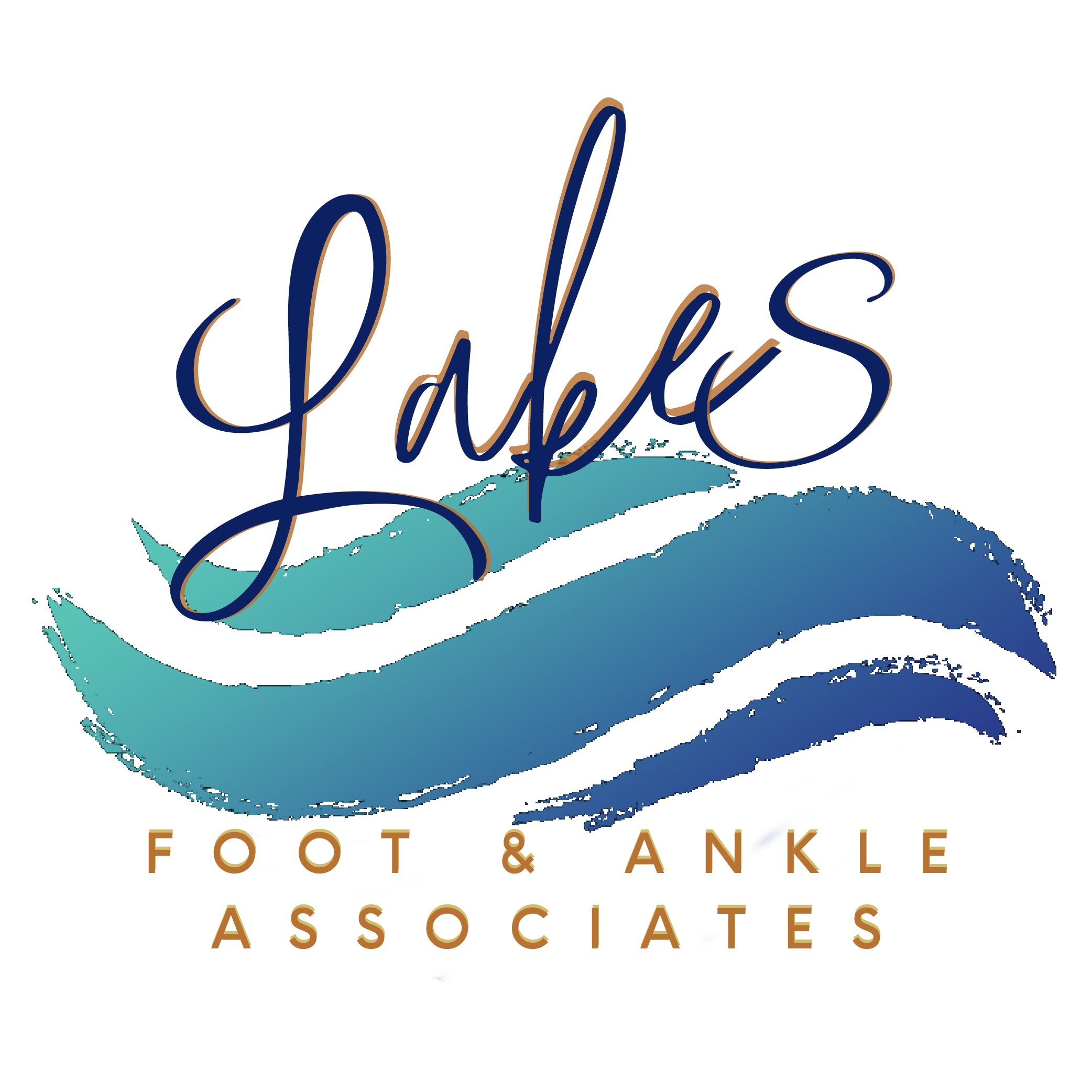Effective Relief for Tendon Pain in Commerce Twp, MI
Every time you stand up, sit down, run, jump, or move from place to place at all, you’re relying on the many tendons of your feet and ankles. These key tissues connect muscles to bones, giving you precise control of your feet, joints, and limbs and allowing you to do the amazing things you do. Of course, because they’re so involved in how we work, play, and live, a lot can go wrong with foot and ankle tendons, too—including overstretching, degeneration of fibers, and even traumatic ruptures.
To achieve your goals and get where you need to go, you need all of your tendons to be as strong and healthy as possible. If you’re experiencing pain, swelling, tenderness, or limited motion, get in touch with Lakes Foot & Ankle Associates today!

What is a Tendon Injury? Achilles Tendinitis & Beyond
The Achilles tendons, also known as the heel cords, are often the first ones that come to mind when you think of tendons and tendon injuries. That’s not surprising—they’re the biggest, thickest, and most frequently injured. But they’re also part of a family of tendons that all work in cooperation to manipulate the ankle, any one of which could be injured or damaged.
Depending on which tendons are injured and how severely, different symptoms can result—everything from mild swelling and tenderness in a particular spot to difficulty moving your foot in a specific direction or even collapsed arches.
Sources of tendon pain can be divided into three main categories: tendinitis, tendinosis, and tendon tears/ruptures. Each has its own unique defining factors that guide us toward the best forms of treatment. If you’re experiencing any of the following symptoms, schedule an appointment with Lakes Foot & Ankle Associates Today!
Common Symptoms of Tendon Conditions & Injuries
- Pain on outside of foot
- Pain on inside of foot
- Back of heel pain
- Reduced range of motion
- Pain in the morning or after periods of rest
- Redness, swelling, or heat
- Severe pain
- Sudden loss of mobility and strength
When to See a Doctor for Tendon Injuries
Getting a proper diagnosis for any source of pain is the first step toward finding the most effective treatment! If you experience sudden foot or ankle pain during activity or have had persistent pain for more than 3 days without improvement, contact us as soon as possible.
Attempting home treatment, especially if you don’t know exactly what you’re dealing with, may end up doing more harm than good. If you need help for any kind of painful foot or ankle issue, don’t wait any longer than you need to. Get expert recommendations for a quick and effective recovery from the experts at Lakes Foot & Ankle Associates!
Tendon Injury FAQs
Tendinitis refers to the inflammation of a tendon. In most cases, the tendon has become irritated by an acute injury that has overstretched or overworked the tissue, causing it to grow inflamed and painful.
Tendinosis refers to the degeneration and deterioration of a tendon over time, often the result of long-term overuse. Inflammation is not typically associated with this condition. Instead, the tendon tends to thicken and become pained.
Tears tend to be longitudinal, along the length of a tendon. When the foot and ankle are concerned, tears are more likely to cause outer foot pain or pain around the inside of the ankle.
A rupture is a complete tear of the tendon and is associated with severe pain and sudden loss of mobility and strength in the affected area. Just as with tears, any tendon around the ankle can develop a rupture. The Achilles tendon is the most frequent tendon to be ruptured.
Although minor tears can heal with conservative treatment like rest, icing, and stretches, these approaches should be guided by a podiatrist. After all, stretching at the wrong time or in the wrong way can make the problem worse. It’s important to get a proper diagnosis and personalized treatment plan to ensure that a tear is the true cause of your pain, gauge its severity, and optimize your recovery.
Our Services for Tendon Injuries & Pathologies
Get Advanced Help for Tendon Pain
When you have tendon pain, you know it—but knowing the precise cause takes a proper diagnosis. At Lakes Foot & Ankle Associates, we have advanced techniques for evaluating and treating tendon injuries and pathologies. No matter what we find, we will be sure to discuss your options with you to ensure you can move forward with full confidence. Take the guesswork out of your recovery and get back on your feet faster when you turn to our expert podiatrists in Commerce Township!
Don’t let tendon issues hold you back from the active life you deserve! Call us at (248) 360-3888 or contact us online to schedule your appointment.
